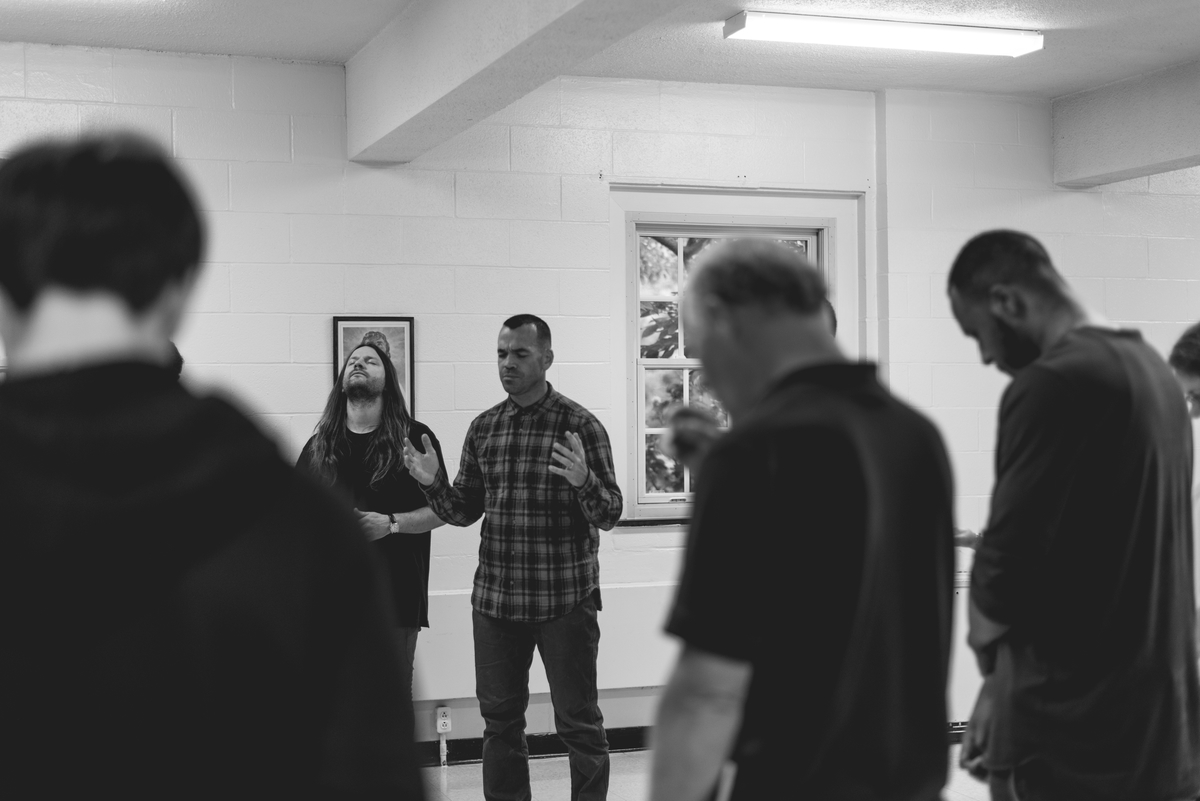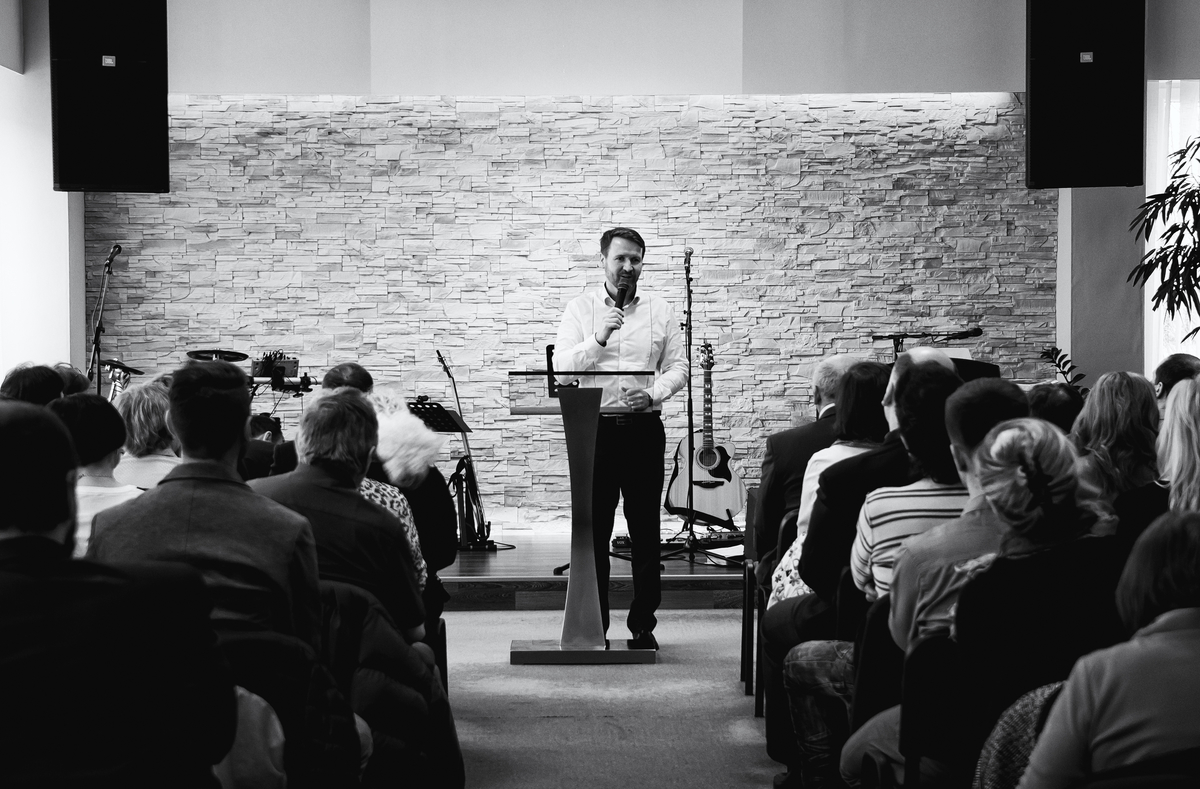Larry Osborne has commented about ministry leaders, and I am paraphrasing, that some lean towards being a “flock leader” and some lean towards being a “sheep leader.” Meaning that some leaders, in their gifting, are more prone to think broadly about the overall ministry (the flock), while others are more prone to think about individual people within the ministry (the sheep). A healthy ministry cares for both the flock and each sheep and is designed to provide nurturing for both. Here is a framework we utilize as a team to care for both.
What I Like About the Framework
Unlike some of the other frameworks we use that other people have developed, we developed this one for our context. So of course I like it! Your framework will be unique to your ministry context, but there are a few overarching principles that I believe are transferable.
- If you are a church leader, your mission and strategy should be a mission and strategy to make disciples. Many have said that mission is what an organization exists to accomplish, and strategy is how the organization accomplishes it. The Church’s mission has been given to us by Jesus—to make disciples (Matthew 28:19-20). Your flock strategy should be an overarching strategy to make disciples.
- It helps ministry leaders think of discipleship process over programs. Don’t let your programs boss your discipleship process around; your programs must work for your discipleship process. Programs are tools supporting your discipleship process. Instead of merely offering a bunch of programs, design a process for spiritual maturation that guides everything your church does. Ultimately God is the One who transforms, and the strategy is merely a tool to help put people in environments where transformation is likely to occur.
- It reminds us of the flock and of the sheep. Ministry leaders are commanded to shepherd God’s flock among us until Jesus, the Chief Shepherd, returns (1 Peter 5:2, 4). As church leaders care for the flock, they must also have a strategy for each sheep—particularly at important moments in each person’s maturation. Serving people well in these important moments requires intentional processes and relational people.
How to Use the Framework
- Communicate your discipleship process continually to your team. Some churches have a discipleship process that is invisible because (a) the leaders never remind their teams of it, or (b) it is buried beneath a plethora of programs and events that suck energy from it.
- Design intentional processes of care for important moments. Ensure there is a process or system of care for each person when the person takes a new step or a next step within the church (how the person receives shepherding when the person is a first-time guest, becomes a new believer, signs up for a group for the first time, expresses interest in serving for the first time, gives for the first time, goes on a mission trip for the first time, etc.). These are important moments in a person’s journey, and each person will benefit from intentional and relational care.
- Provide relational people to shepherd people during those moments. A process or an email workflow is insufficient. When we stand before Jesus and give an account, surely we don’t want to say, “We sent an email to people who said they wanted to follow y” Processes are important for scaling, but people shepherd people—not processes. Processes are helpful, but people make disciples—not processes.
How the Framework Has Helped Me
The framework helps me in both decision-making and follow-up. When decisions are made about programming, we look at the opportunities through the lens of our flock strategy. When there are lapses in following up and caring for people (and there are lapses, since we are not perfect and never will be this side of eternity), we are able to go back to our intentional processes and make adjustments.





